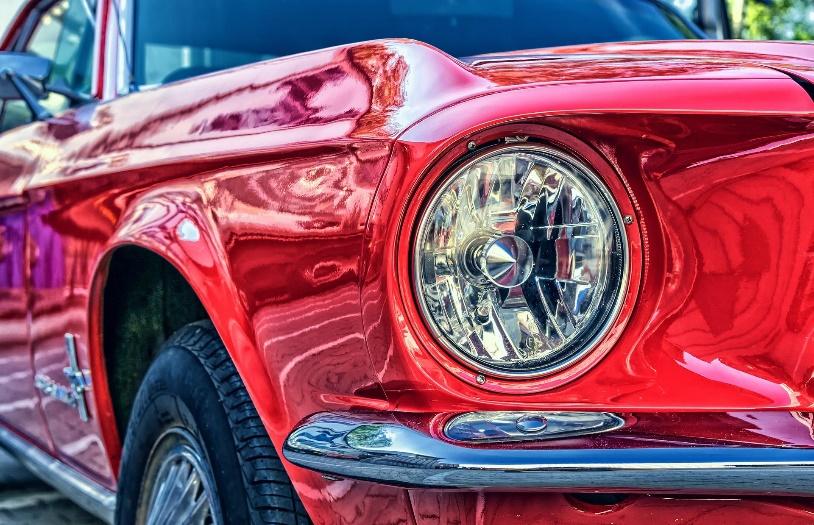Autumn is coming, and with it, fog envelops our roads. Sometimes it makes visibility so bad that it seems as if we are driving with our eyes closed. Is there any way to prepare for such road conditions? What lights to use when visibility is limited?
Foggy mornings and evenings – especially in fall and winter – are not uncommon, so it’s worth checking the weather forecast before you hit the road and preparing your car for the harsh conditions. First, you need to make sure the inside windows are dry and clean. Another important issue is the cleanliness of the lights – especially the fog lights and reflectors. Clogged diffusers cause the light beam to diffuse, which impairs visibility.
Driving in such weather conditions itself requires to be increased concentration and caution. Visibility during fog is very poor – we may not see, for example, a cyclist or pedestrians on the road. Therefore, it is recommended to pay attention to what is not only in front of the car, but also around it.
Is the Use of Fog Lights A Problem for Drivers? When and How to Use Them?
The Highway Code states, “When driving in conditions of reduced air clarity due to fog, precipitation or other reasons, the driver shall turn on the dipped headlights, the front fog lights or both simultaneously”. So, when driving in fog, we turn on the dipped headlights or the front fog lights – the code intentionally has “or” in it because front fog lights are not mandatory car equipment. And “From dawn to dusk, in conditions of normal air clarity, the driver of the vehicle may use daytime running lights instead of dipped headlights”. Therefore, daytime running lights cannot be used in fog. Their high-powered headlights are reflected in the fog, reducing visibility and blinding other drivers. Rear fog lights should only be switched on in thick fog when you can barely see the lights of the vehicle in front of you. Otherwise, these lights should be turned off, as we will be blinding others and creating additional danger. You can learn the difference between high beam headlights and fog lights here.
Lines on The Road
When visibility is limited, lines drawn on the roadway should serve as signposts. They allow you to stay on the right path, and also alert you to critical points – for example, when a dotted line suddenly turns into a solid line, it means you are approaching a crosswalk, intersection, sharp turn or hill. In such situations, drive as close to the right-hand edge of the road as possible, and when driving in a convoy, keep your eyes on the taillights of the vehicle ahead of you, keeping a distance that allows you to brake safely.
Overtaking? NOT During Fog!
Driving in thick fog forces us to slow down. We must adapt our speed to the prevailing road conditions. Therefore, for example, it is recommended to leave early to take your time on the road.

Also avoid overtaking in fog. However, if you have to perform this maneuver, you should be extremely careful and signal to road users that you want to do it – in this case, you can also use audible signals.
If your vehicle breaks down, if possible, you should stop the vehicle out of your lane. You must be sure to turn on the emergency lights and set up a warning triangle.
Keep Your Distance
Maintaining a reasonable amount of space between your car and the car in front – this is obvious when visibility is severely reduced, and fog only confirms it – in fact, most accidents during low visibility are either due to the wrong distance or the wrong speed (or both of those factors combined). Allow yourself enough time to react if something goes wrong.
You may think you have left enough room to brake if the car in front of you begins emergency braking. But what if the car in front of you does not leave enough distance in front of you. If it hits the car in front of it, it will bring it to a sudden stop, much faster than you expect. In this case, the distance you left will not be enough for you.
In addition, do not forget that in such wet weather conditions, the wet road causes a much longer braking distance. This may be helpful to you: fog light wiring diagrams.
During fog, you must drive very carefully, and your speed must be appropriate to the conditions. Routes you know like the back of your hand are not easy to follow in low visibility conditions. An ordinary intersection may go unnoticed despite the traffic lights being on. Don’t forget to have working headlights.
